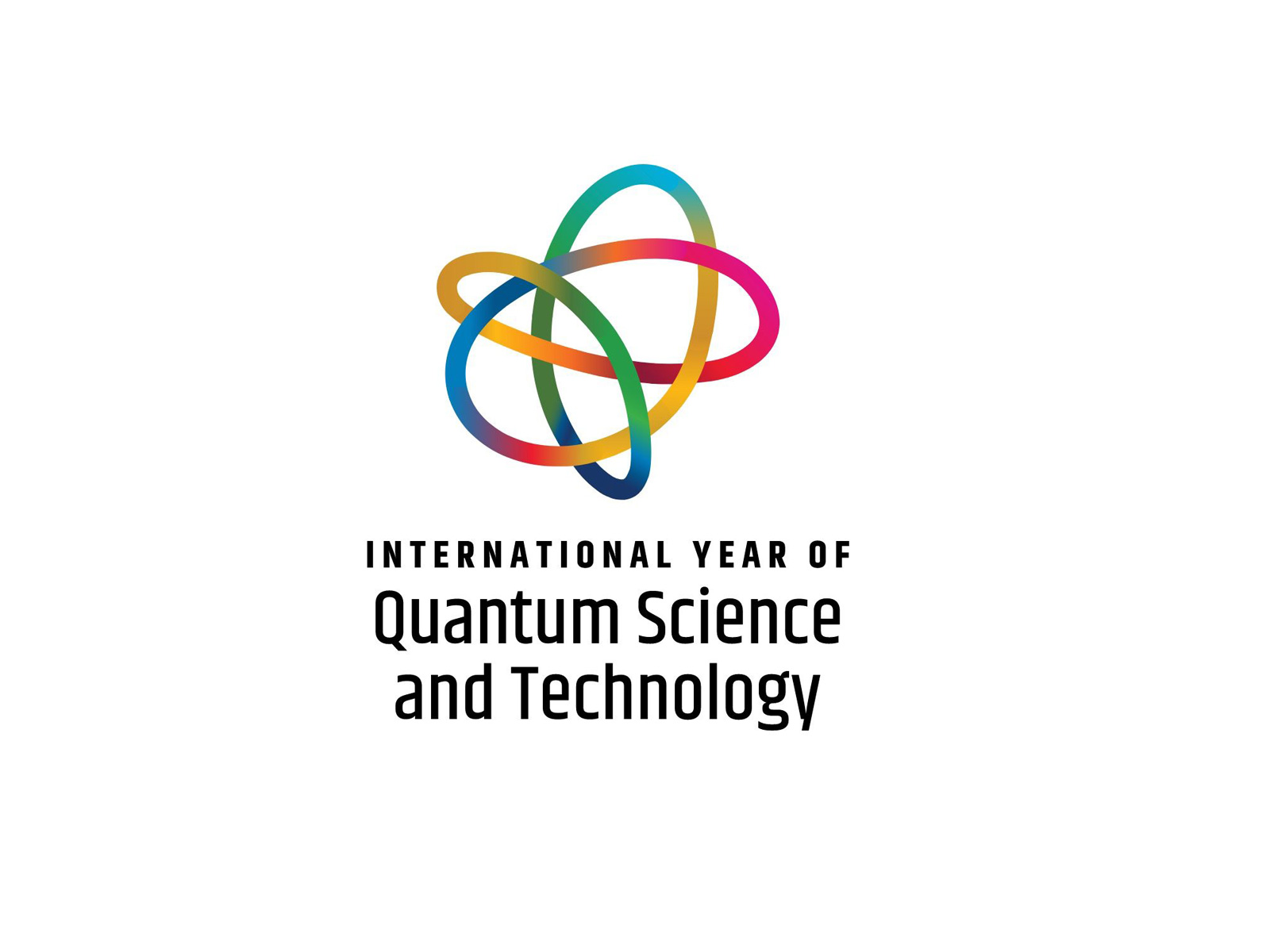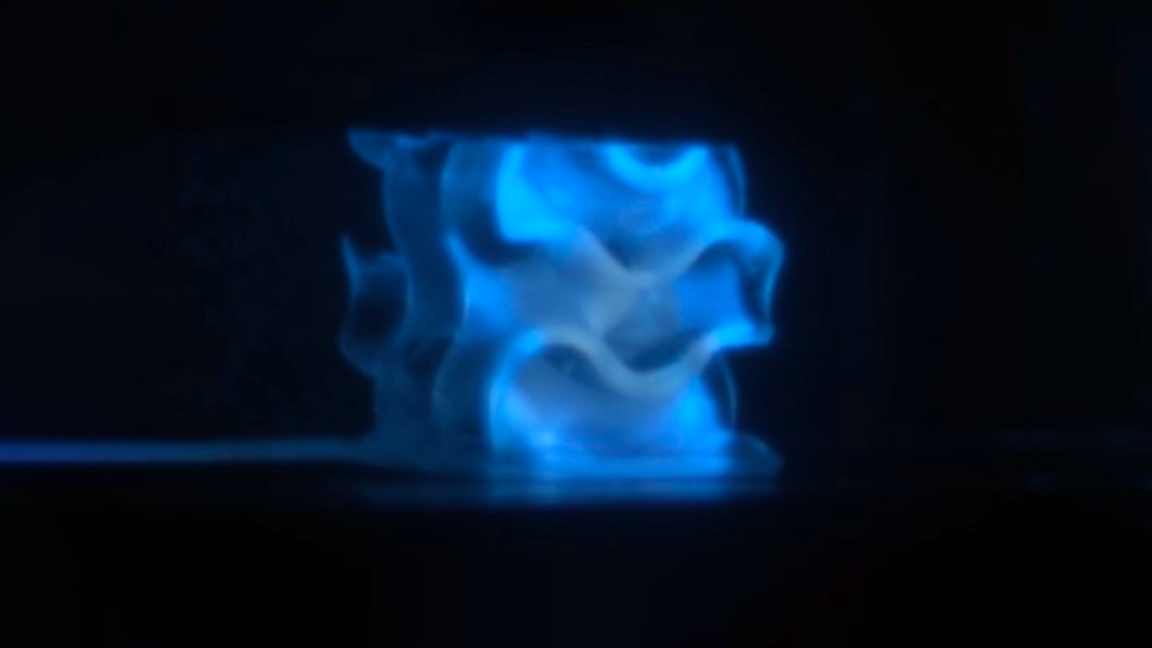 The restart of the LHC is approaching and the experiments are preparing for a new run full of scientific challenges. After the usual winter break, the big accelerator at CERN will start again in a few weeks. In March, physicists and engineers at CERN replaced the heart of CMS, one of the four main detectors of the LHC. At the centre of the experiment a new pixel detector has been installed, with better performance than the previous one in order to cope with the greater luminosity of the LHC. In May, the first particle beams will be injected into the accelerator that is expected to reach its maximum operating level before the summer. The number of collisions in the LHC has been greatly increased and, therefore, it was also necessary to increase the performance of the detectors, in order to be able to obtain a greater number of simultaneous images of collisions that take place inside the accelerator. This is the main reason why in the last five years 9 European institutions, including INFN, and American universities supported by the Department Of Energy (DOE) and by the National Science Foundation (NSF) built a new pixel detector for CMS. The new detector has almost twice as many pixels as the previous version, 124 million compared 66, and four layers in the central part, one more than the previous one. The inner layer of the new detector is closer to the point where the collisions take place,
The restart of the LHC is approaching and the experiments are preparing for a new run full of scientific challenges. After the usual winter break, the big accelerator at CERN will start again in a few weeks. In March, physicists and engineers at CERN replaced the heart of CMS, one of the four main detectors of the LHC. At the centre of the experiment a new pixel detector has been installed, with better performance than the previous one in order to cope with the greater luminosity of the LHC. In May, the first particle beams will be injected into the accelerator that is expected to reach its maximum operating level before the summer. The number of collisions in the LHC has been greatly increased and, therefore, it was also necessary to increase the performance of the detectors, in order to be able to obtain a greater number of simultaneous images of collisions that take place inside the accelerator. This is the main reason why in the last five years 9 European institutions, including INFN, and American universities supported by the Department Of Energy (DOE) and by the National Science Foundation (NSF) built a new pixel detector for CMS. The new detector has almost twice as many pixels as the previous version, 124 million compared 66, and four layers in the central part, one more than the previous one. The inner layer of the new detector is closer to the point where the collisions take place,
30 millimetres from the beam line, much less compared to the previous version which was approx. 44 mm away from the beam line. The new heart of CMS will allow more precise tracking of charged particles coming from the interaction centre, provide crucial information to determine more precisely the point from which the particles originated from a collision, and facilitate the identification of heavy quarks and tau leptons
You might also be interested in

EuPRAXIA chooses ELI Beamlines as second site for laser-driven accelerator

The record neutrino observed by KM3NeT
07 February 2025
Read more The record neutrino observed by KM3NeT

INFN celebrates the STEM WEEK and the International Day of Women and Girl in Science 2025

International Year of Quantum Science and Technology, 2025
03 February 2025
Read more International Year of Quantum Science and Technology, 2025

A new generation of plastic scintillators thanks to 3d printing

Capturing the accretion flow of M87* black hole
22 January 2025
Read more Capturing the accretion flow of M87* black hole